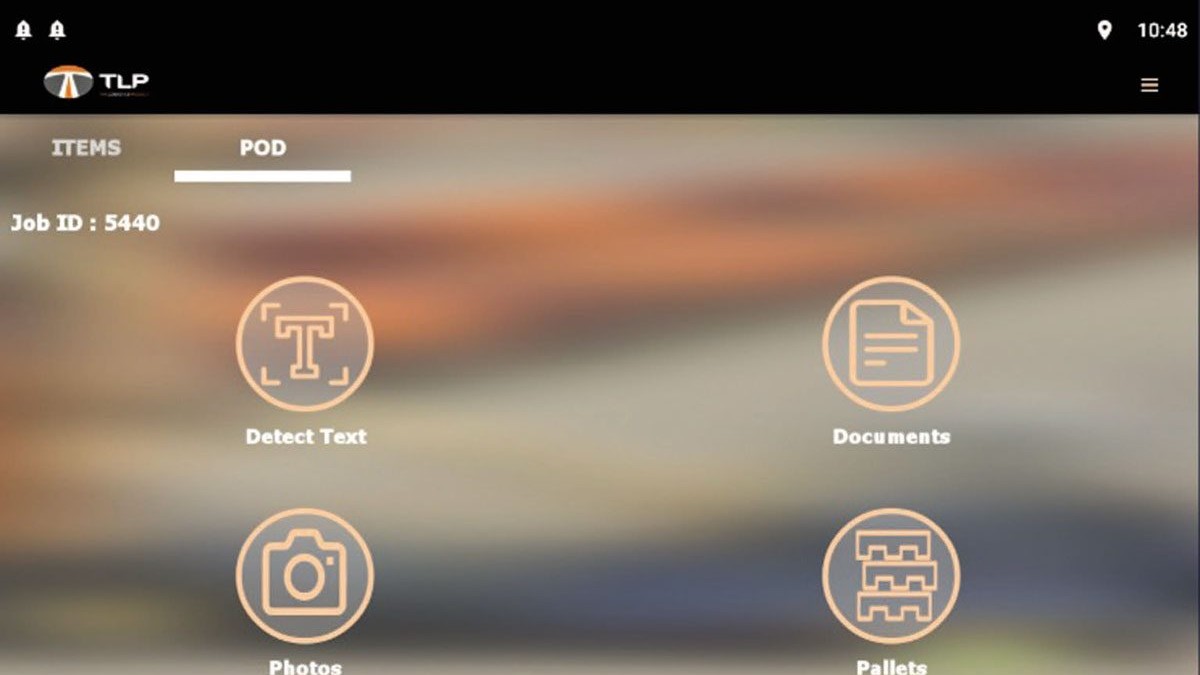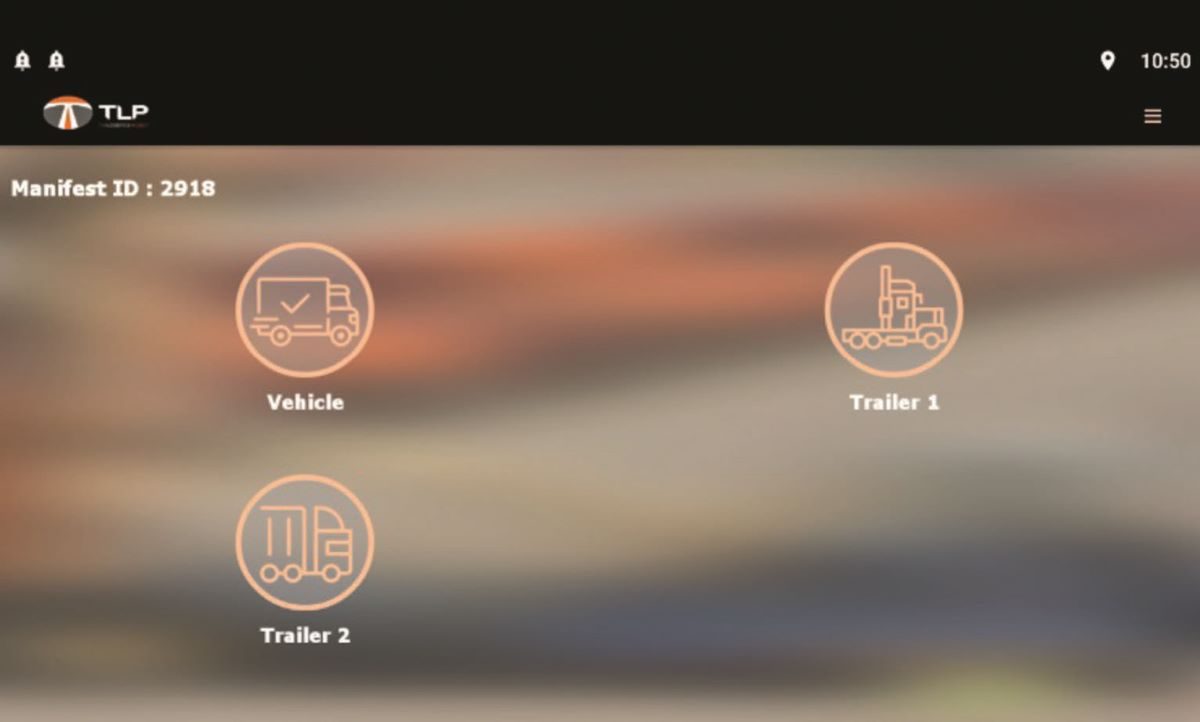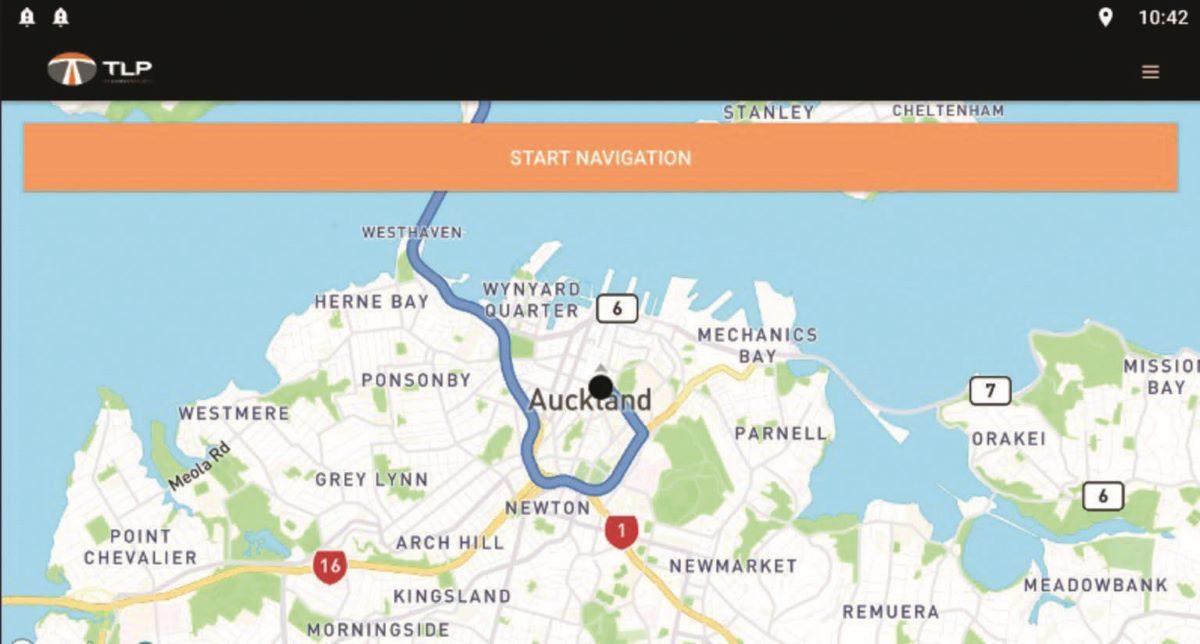
Having explored the early years of computer systems in transport, we now look at the impact of mobile computing.
One of the effects of the pandemic was to open people’s eyes to the possibility of working offsite. All sorts of businesses could get by because they had staff who could work when not at their office desk. This might seem rather ironic for readers of this magazine as the logistics industries have been aware of this for decades.
The measure of productivity is basically a ratio between revenue and head count. This applies equally to our nation as it does to our respective companies. Basically, if you earn more revenue than your neighbour, both with identical head counts, your company is more productive. The transport industry has always appeared to understand this, even if the words used were slightly different; hence, they were early adopters of mobile technologies, initially with in-cab devices for couriers and also transport management software.

The concept of sign-on-glass for proof of delivery (POD) started to spread in the 1990s, although slowly, as the business case was often hard to establish. For the younger readers, an explanation: The obtaining and management of POD was a cumbersome and person-intensive process, based on filing systems. I recall one client at that time ringing me to demand a better POD system, because he had hired a new staff member to handle the filing and retrieval of PODs. Training was given, pointing out that he/she should file the POD based on who was paying for the freight. Three months after they started, the whole POD system had broken down, POD copies could not be provided to demanding customers, and invoices were not being paid. My client investigated and found the new staff member had filed every POD under C. After all, every consignment was charged to either the consignor or consignee. That’s a filing system for you.
The in-cab devices that were used for POD collection have become more common and have offered expanded facilities over the subsequent years. Possibly, this is an unconscious realisation that you cannot get rid of drivers to increase productivity, so you might as well give them more work but simplify it. Over the past 20 years or so, the driver’s mobile device has helped with navigation, recording changes to jobs, capturing details of new jobs, recording pallet details, recording timesheet details and so on. Customers are automatically notified about events surrounding the progress of their jobs; PODs are sent automatically. The connection between driver and customer is now direct, with very little administrative staff interference. Productivity benefits are realised.
The spread of mobile applications in logistics has spread to other areas, such as warehouses, with some very sophisticated automation available. Transport also has more work areas benefiting from mobility; store people can record items loaded on and off trucks, which the system can process automatically. Forklift operators can react to instructions to release or stack containers.


In-cab technologies can combine to improve productivity. For example, crossing a geofence a kilometre or so from your depot can result in a forklift operator being alerted that a container of a certain size will arrive shortly and is to be stacked at a certain location. The forklift operator has no need to get out of his cab for paperwork or instructions, and the truck can be tended to immediately to minimise downtime.
It is obvious that we now can have some very sophisticated and productive transport operations, but where do we go from here with mobility applications? The answer to this lies with the element of the logistics company we haven’t yet mentioned: management.
The various managers in a company basically need to know what is happening that will need their attention and how the company is performing. No matter where the manager is or what he or she is doing, they need to know of problems requiring their attention as soon as possible, even if it is their turn to putt. They also benefit from immediate up-to-date information about various aspects of company performance. Are customer payments on target? Are we on budget with our freight revenues? Have all linehaul trucks been loaded to an acceptable level? Questions such as these, which may make up your company’s health check, should be answered by an application on your device at any time.

From this point, we will have improved productivity significantly. Beyond this, the productivity ratio will demand technology advancement in another area – robotics.
Next month: Why computers don’t cure sloppy business practices…





